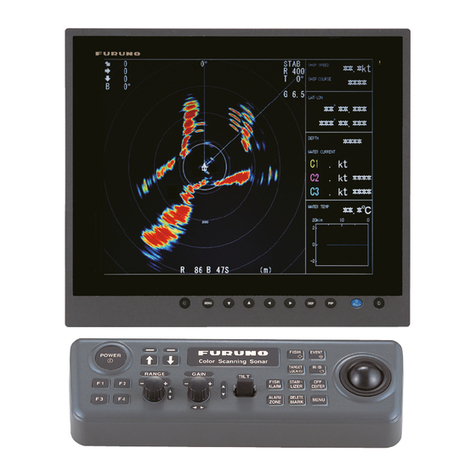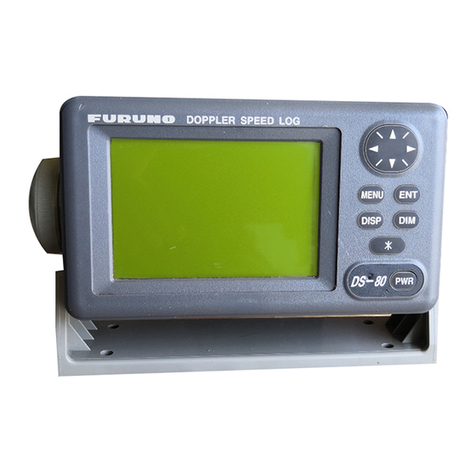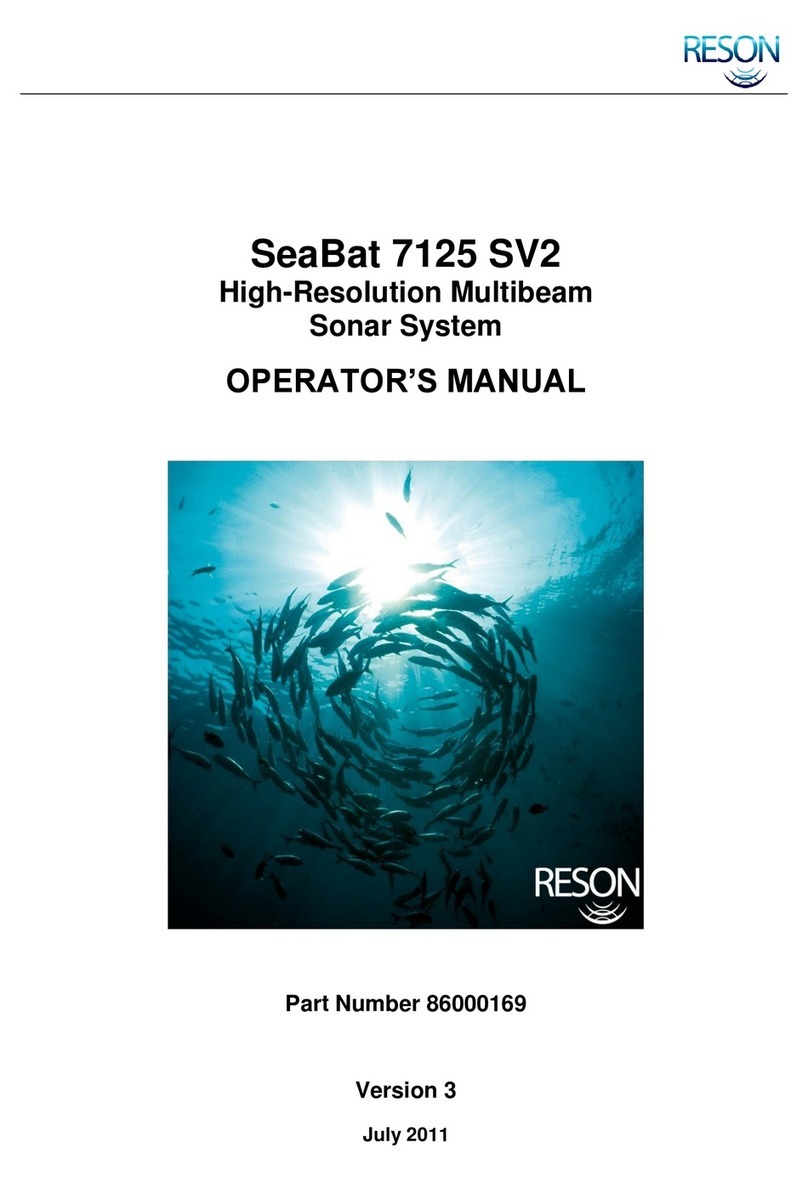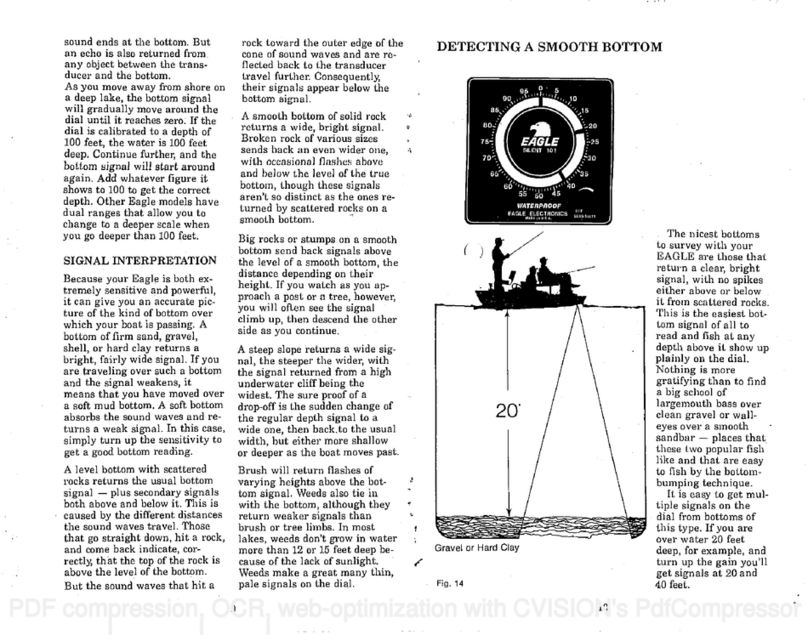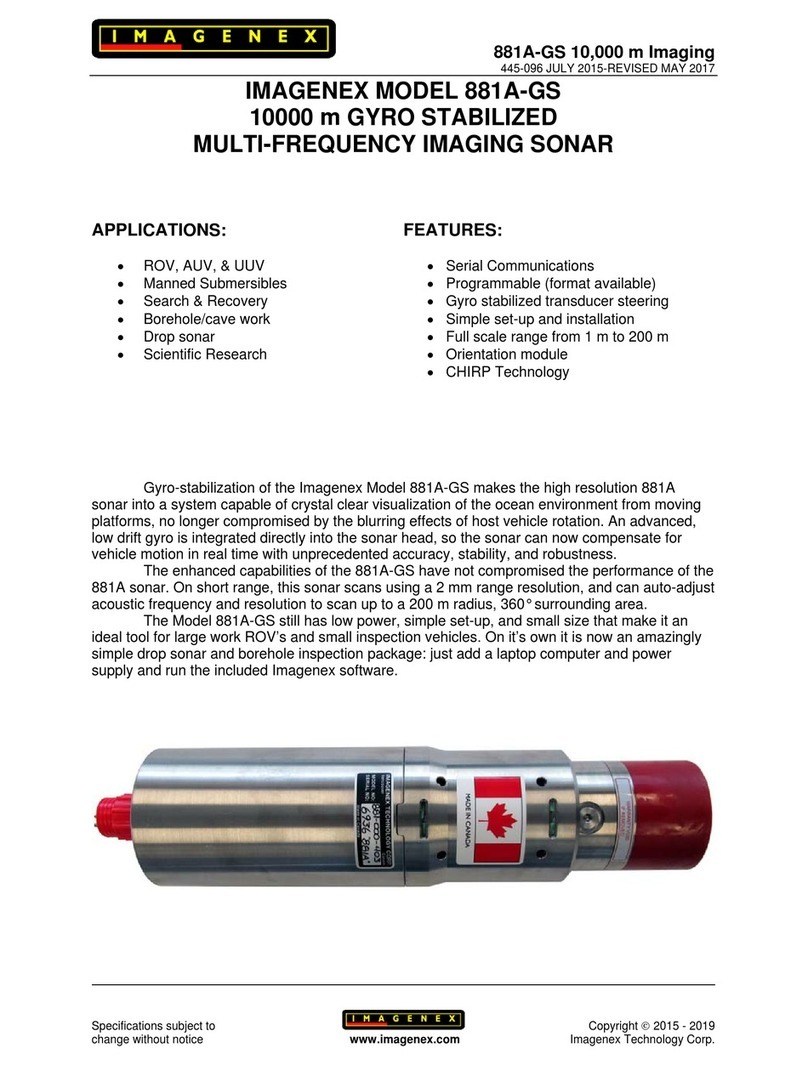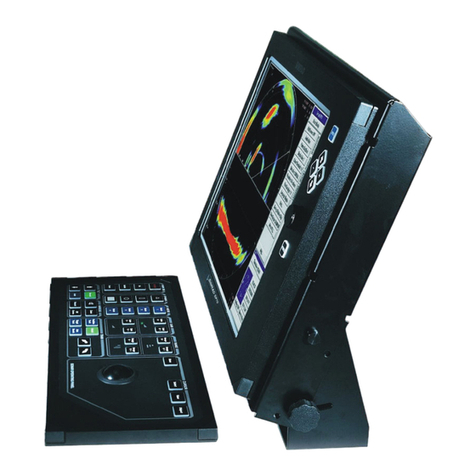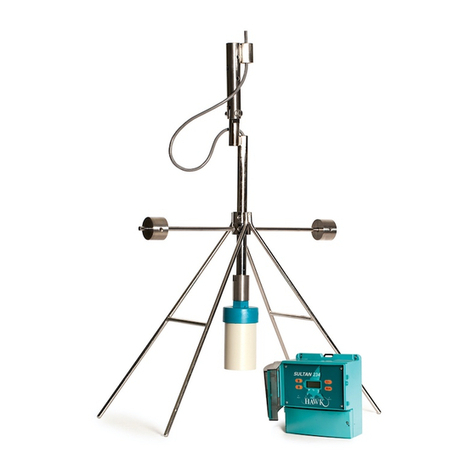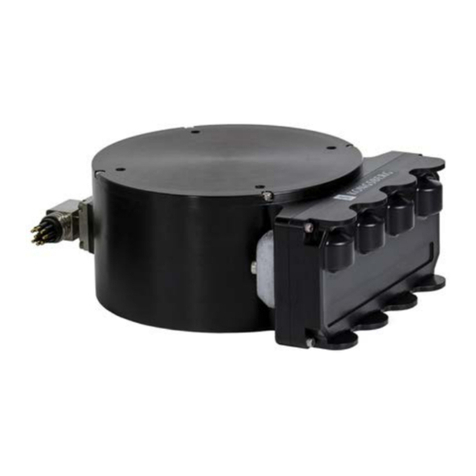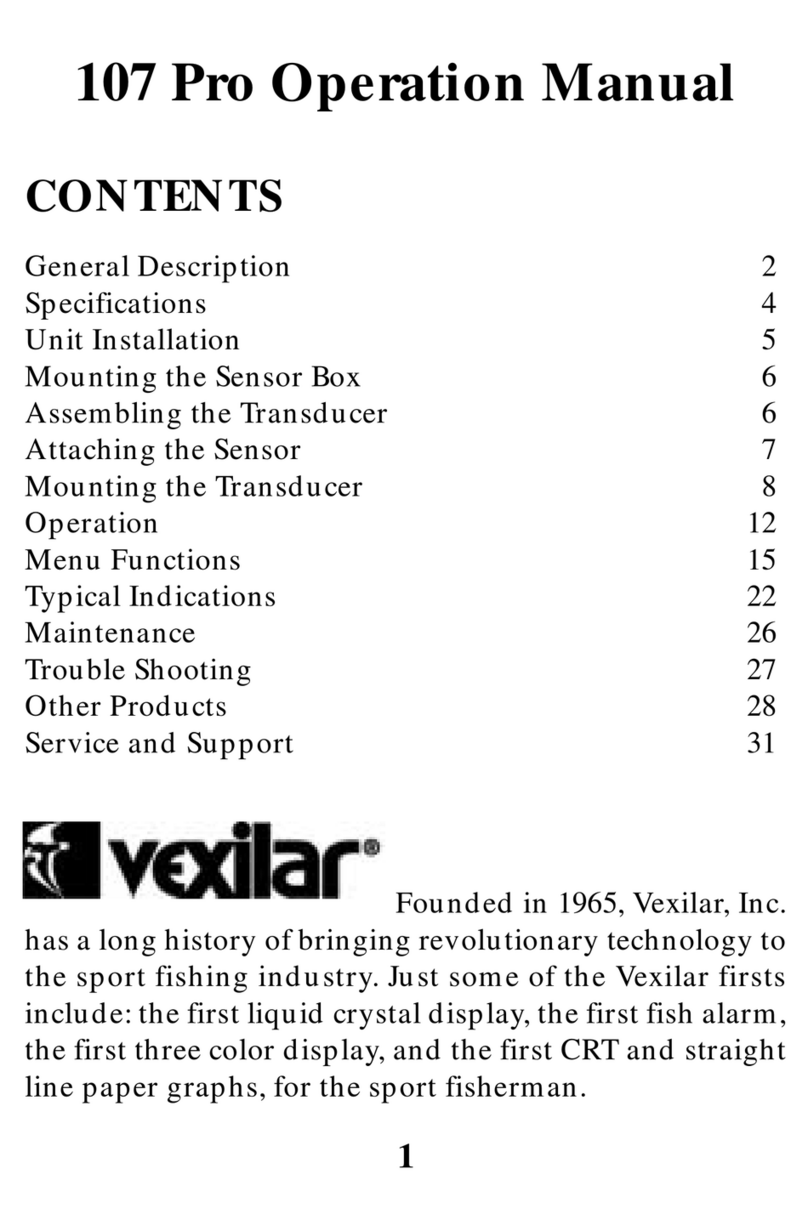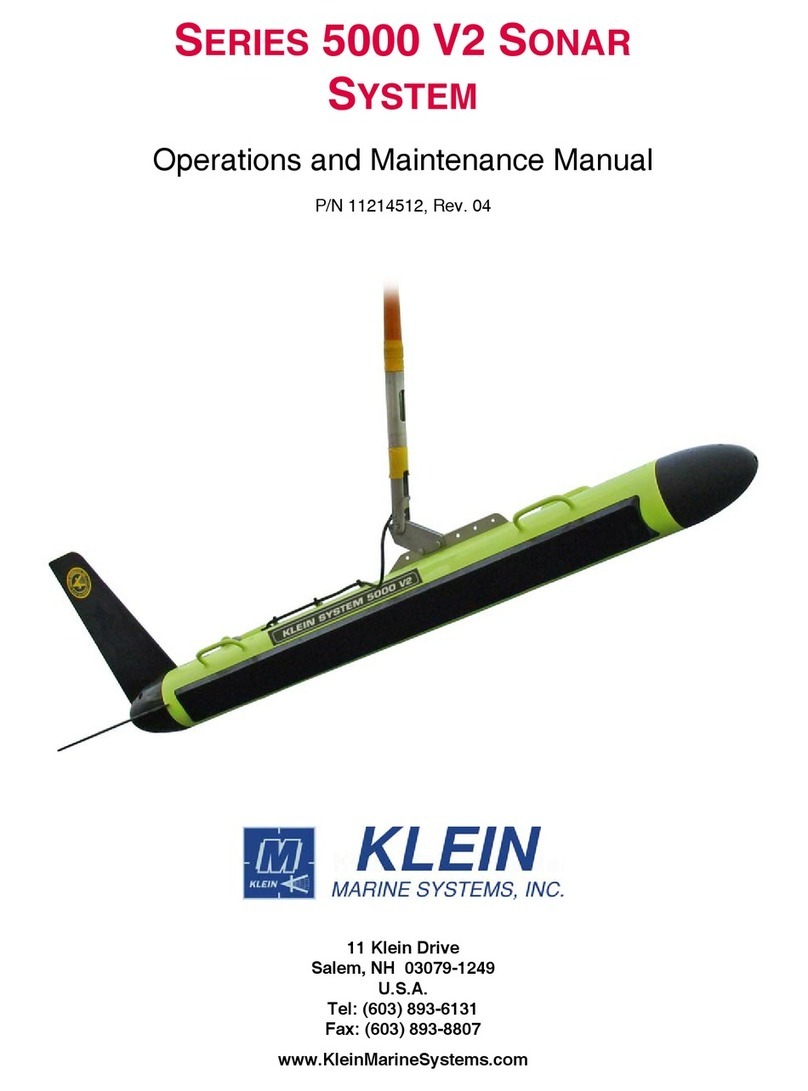Furuno FSV-84 User manual
Other Furuno Sonar manuals

Furuno
Furuno CH-250 User manual

Furuno
Furuno CH-250 User manual

Furuno
Furuno CH-36 User manual
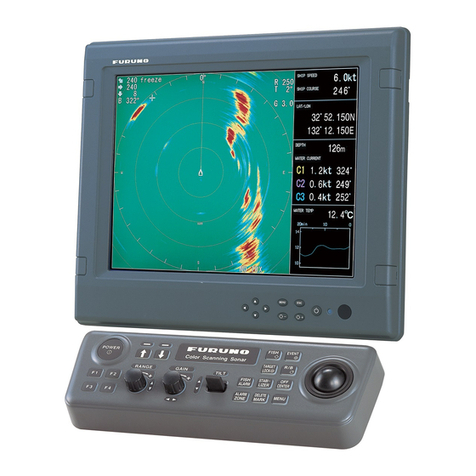
Furuno
Furuno CSH-5L User manual
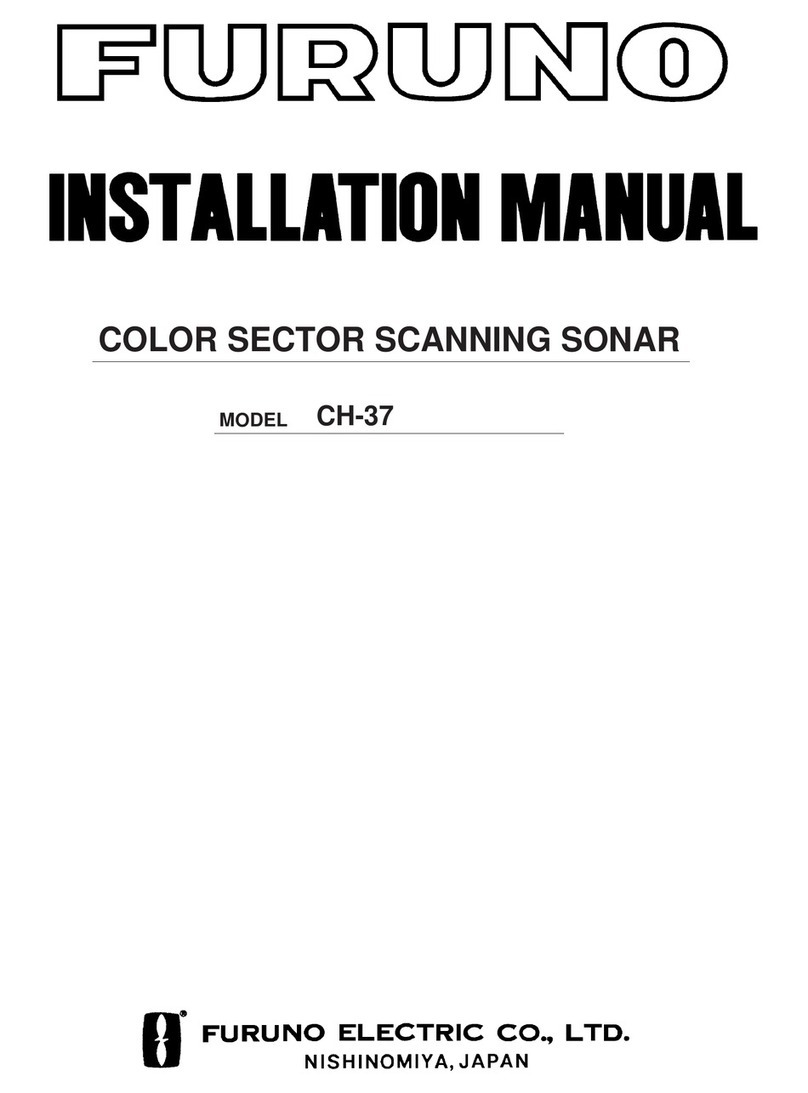
Furuno
Furuno CH-37 User manual

Furuno
Furuno FE-880 User manual
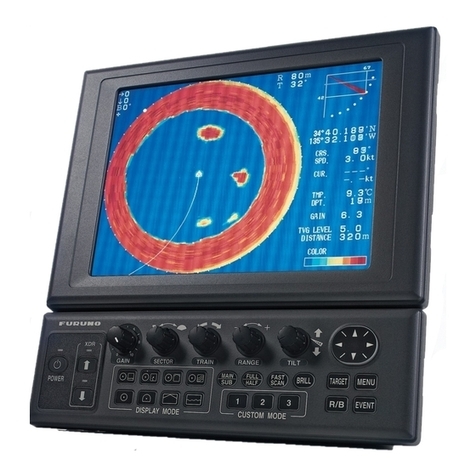
Furuno
Furuno CH-250 User manual

Furuno
Furuno CHS-5LMARK-2-55 User manual

Furuno
Furuno CH-24 User manual

Furuno
Furuno CH-270 Owner's manual

Furuno
Furuno CSH-21 User manual
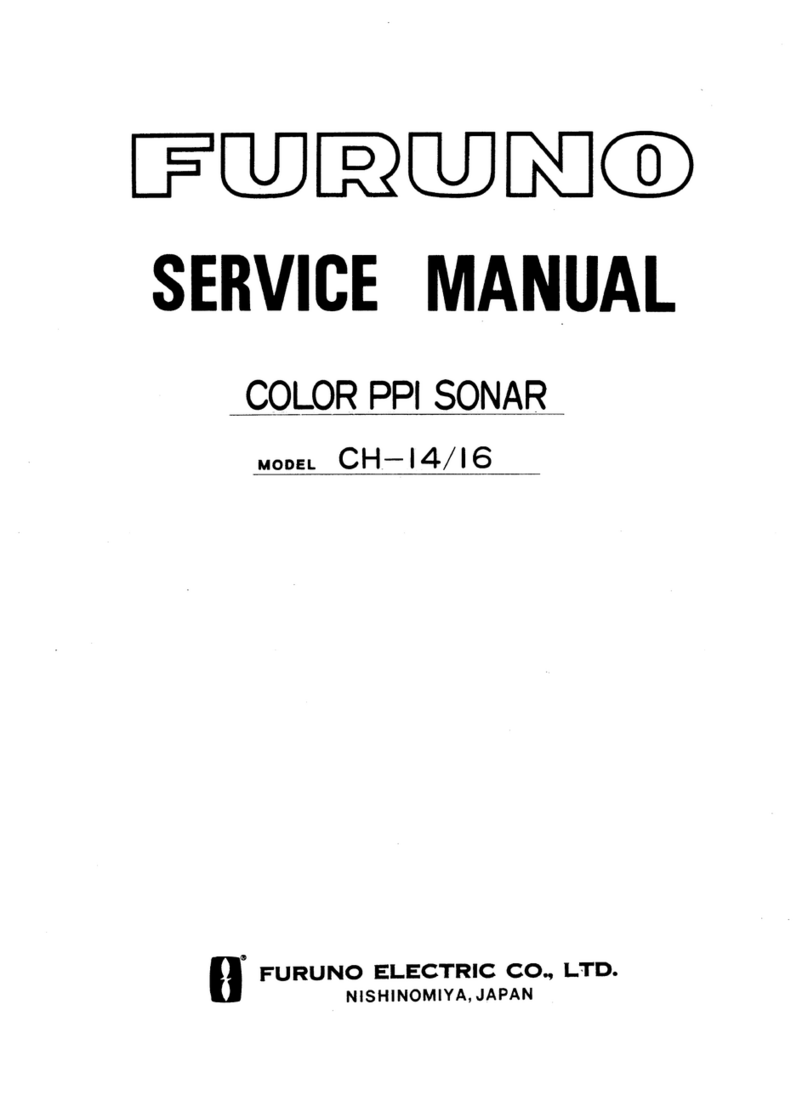
Furuno
Furuno CH-16 User manual

Furuno
Furuno CH-300 Manual
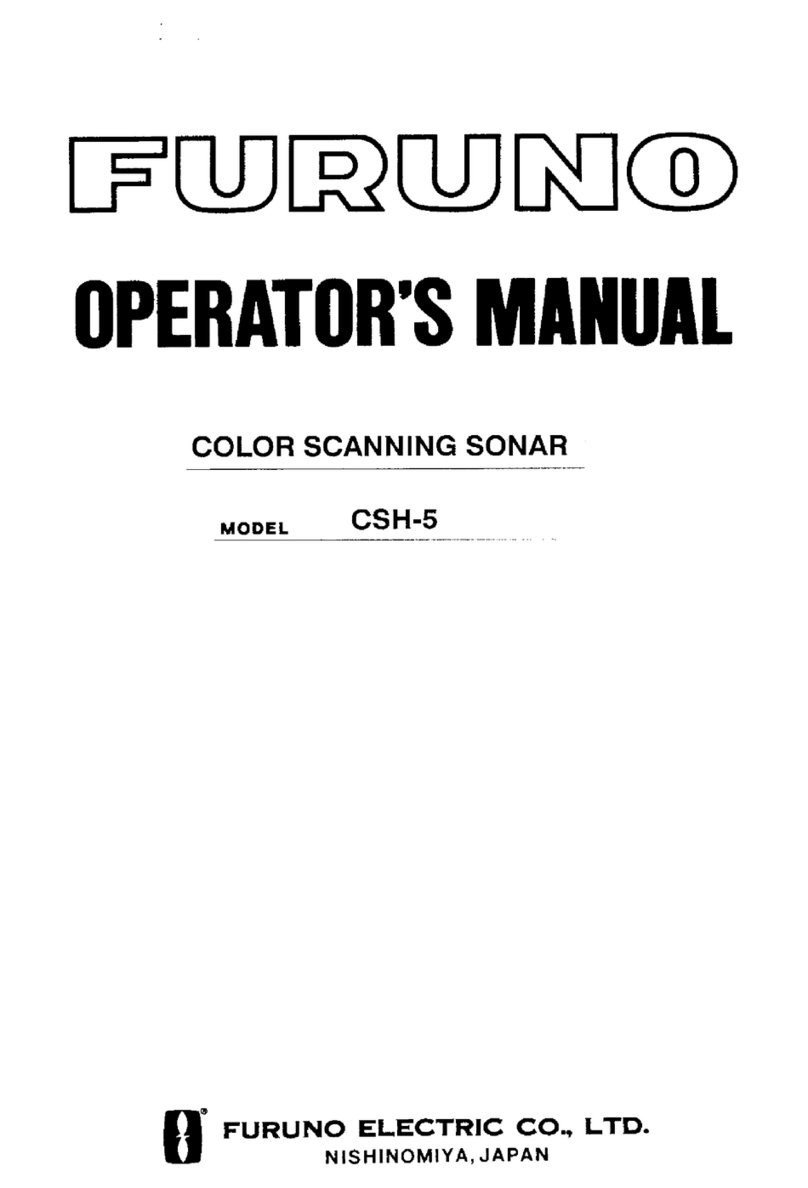
Furuno
Furuno CSH-5 User manual

Furuno
Furuno FSV25S User manual
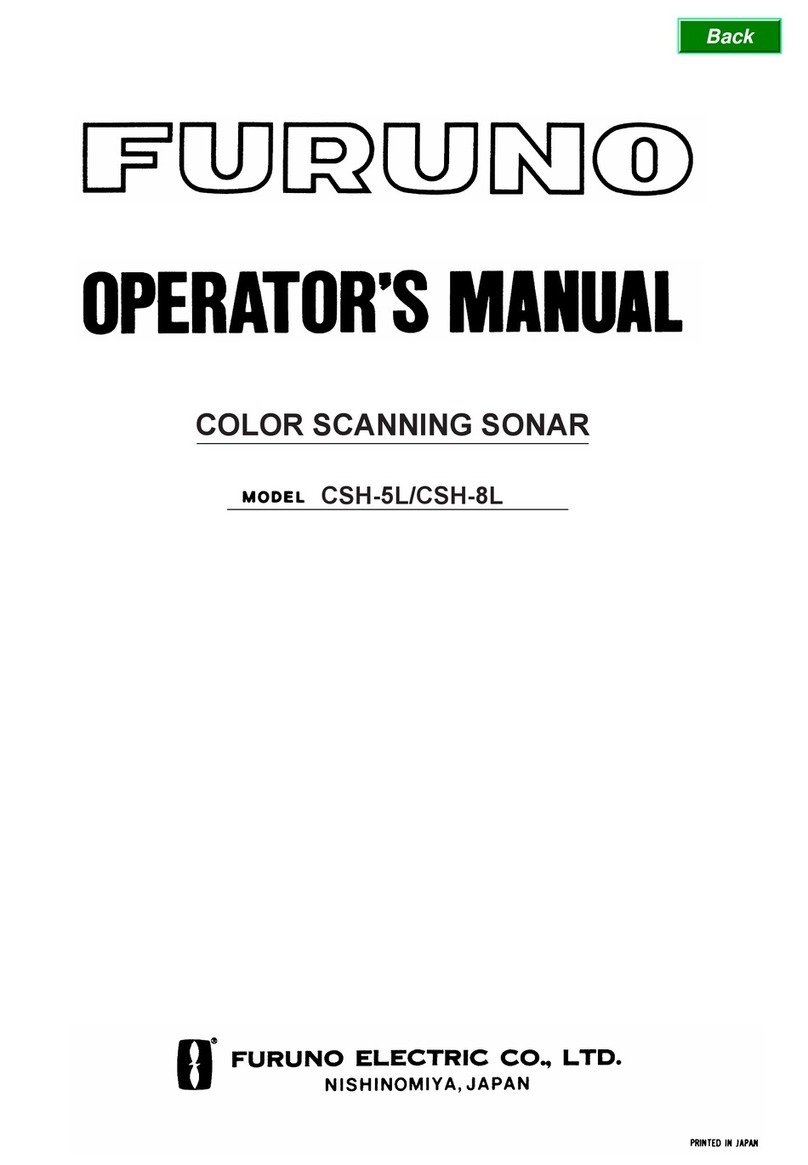
Furuno
Furuno CSH-5L/CSH-8L User manual
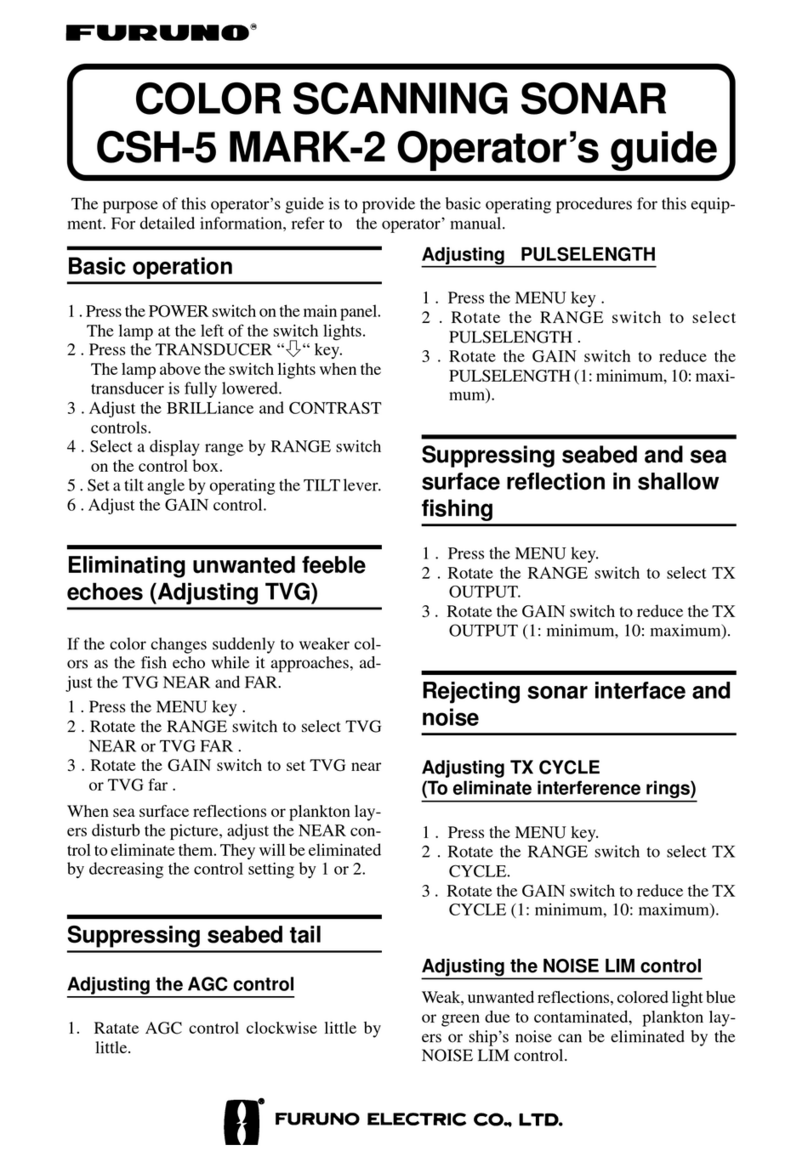
Furuno
Furuno CSH-5 MARK-2 Manual
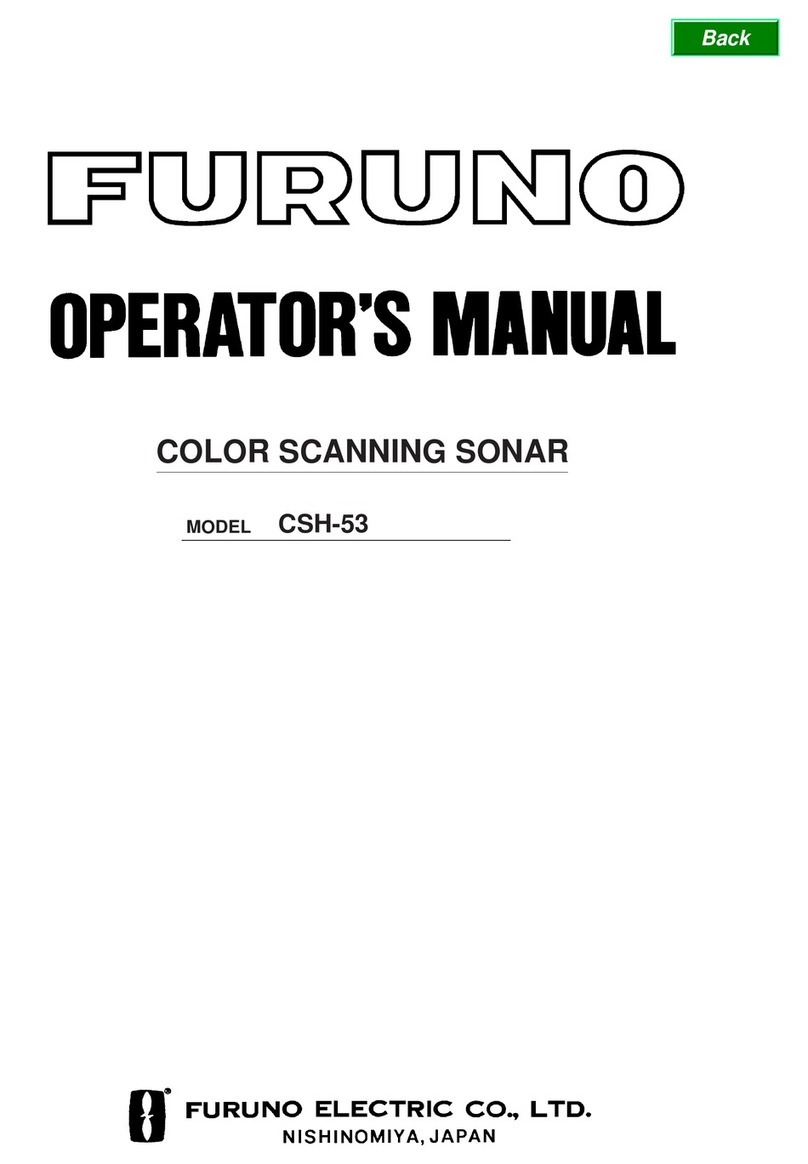
Furuno
Furuno CSH-53 User manual

Furuno
Furuno CH-37BB User manual
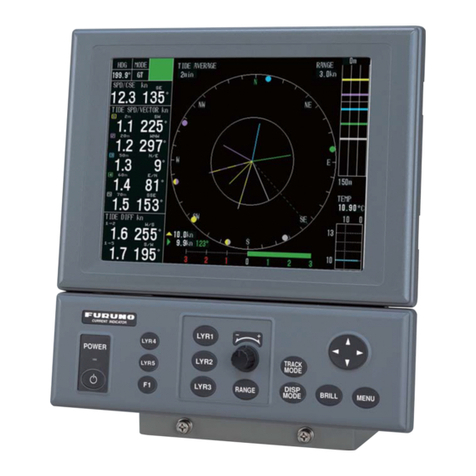
Furuno
Furuno CI-68 User manual
Popular Sonar manuals by other brands
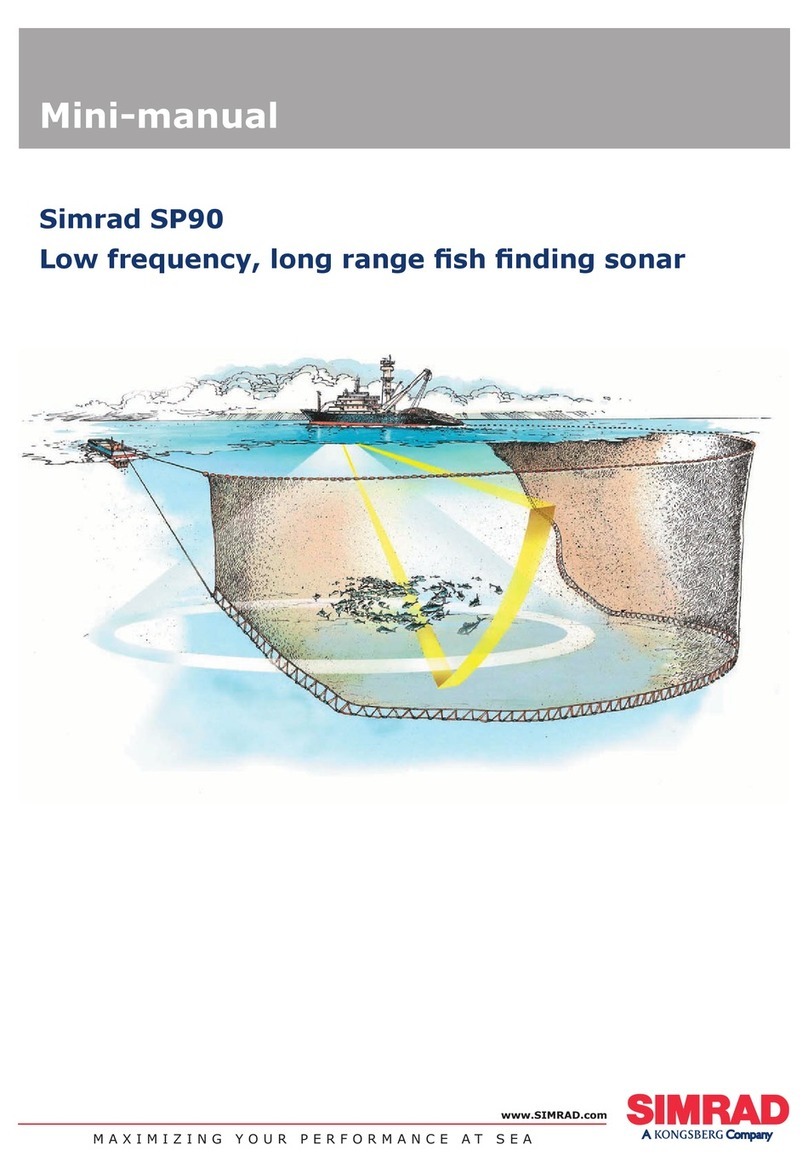
Kongsberg
Kongsberg Simrad SP90 Series manual

Eagle
Eagle TriFinder 2 Installation and operation instructions
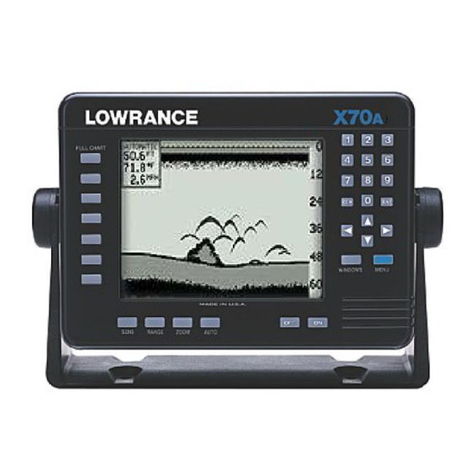
Lowrance
Lowrance X-70A Installation and operation instructions
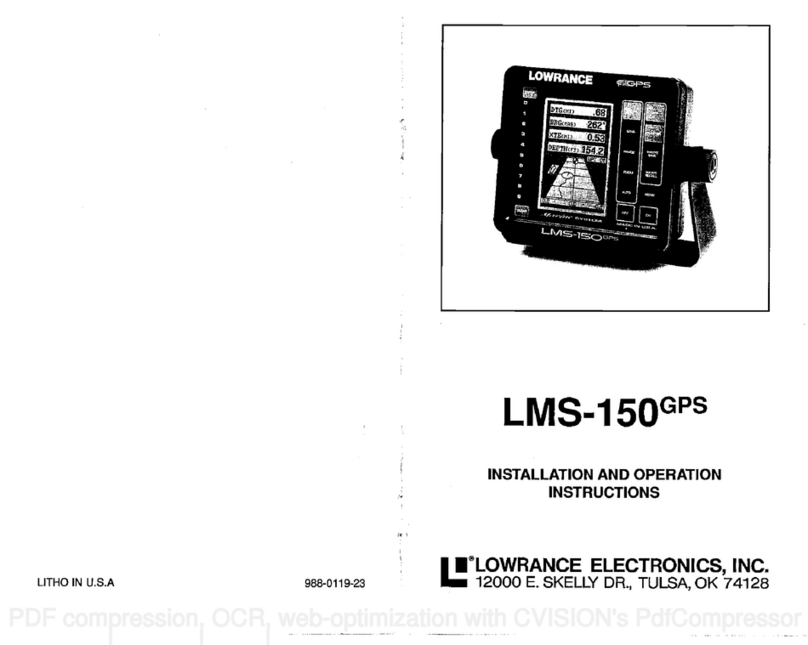
Lowrance
Lowrance LMS-150 GPS Installation and operation instructions
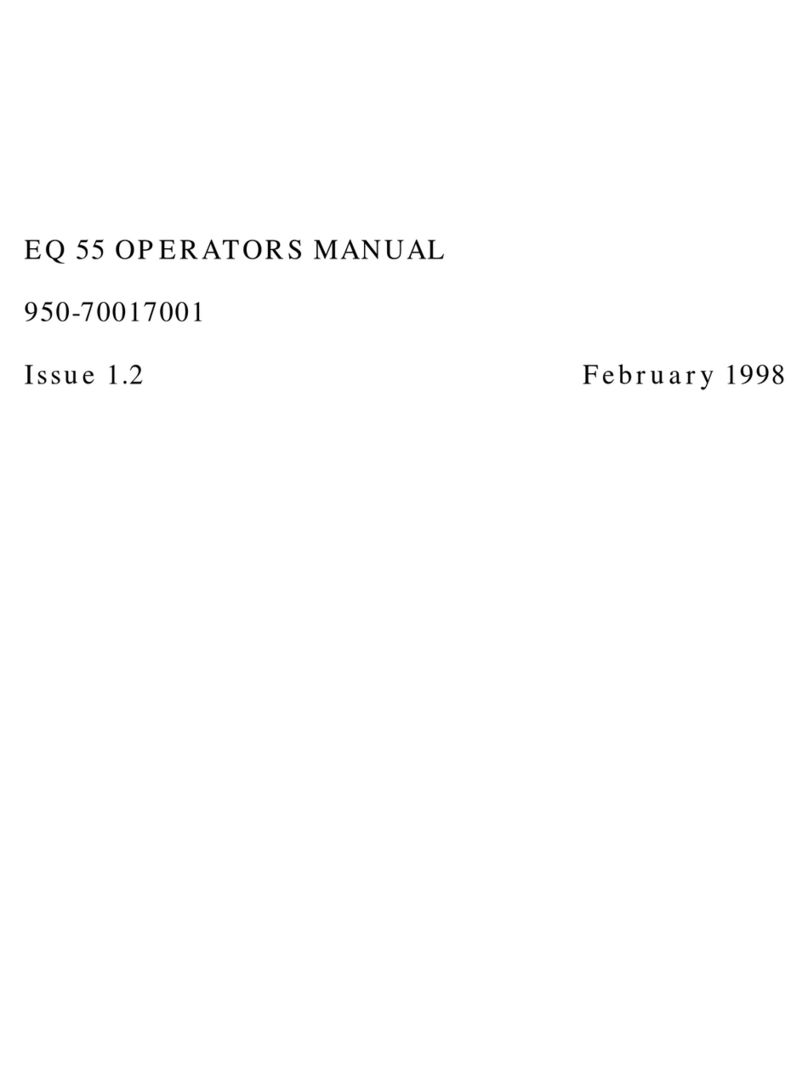
Simrad
Simrad EQ 55 Operator's manual

Lowrance
Lowrance Traditional Installation
